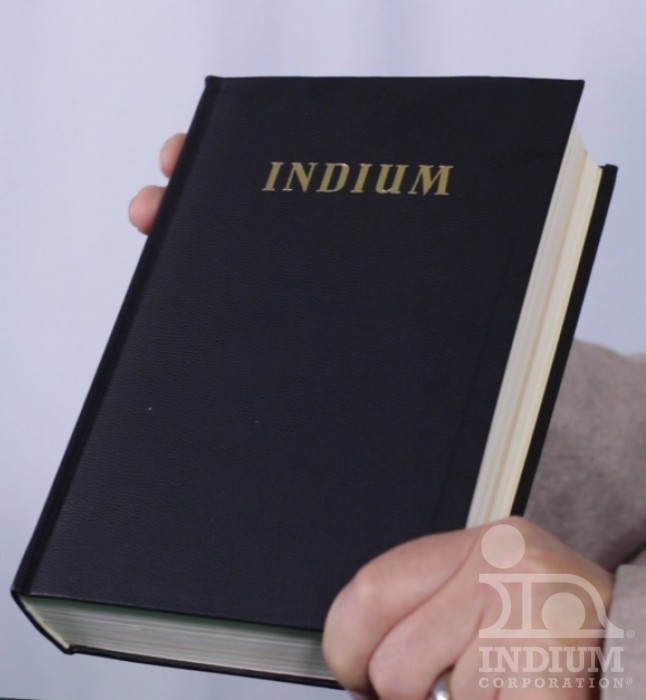Throughout the Indium Corporation website, and most prolifically on the Indium Blog, we have discussed soldering to non-metals. There really is no perfect list of all the materials that indium can solder to since customers continually find new ways to use indium. My favorite list of compatibility comes from a study by Richard B. Belser of Georgia Institute of Technology sometime in the 1950’s. The study is named “Indium – A Versatile Solder to Metals and Non-Metals” and can be found in the second edition of “Indium”. This study does not claim to be the first to experiment with soldering to non-metallic surfaces, however I appreciate the selection of materials that were used in this study.
All the specs of the testing are included in the study, including the method of soldering used, and a definition of what constitutes a wetted surface in this testing. The substances which were soldered were broken down into three broad categories:
1) metals and alloys
2) thin metal films
3) non-metals
Only substances that were successfully soldered are on the list. (Which is my major complaint with the study – I would have loved to know what didn’t successfully solder.) On the list are 26 metals and alloys, 21 thin metal films, and 18 non-metals. Some of the most interesting non-metals that were successfully soldered to are porcelain, concrete, and sea shells. Yes, that’s correct, you can solder seashells. With indium, some very strange things are possible. The list of non-metals also included 8 different metal oxides, along with glass and quartz – which are popular solderable surfaces for indium.
If you found the list of non-metals interesting, check back in next week when we discuss the interesting metals that were soldered. I’m sure you’ll find a few of them surprising!
~Jim


